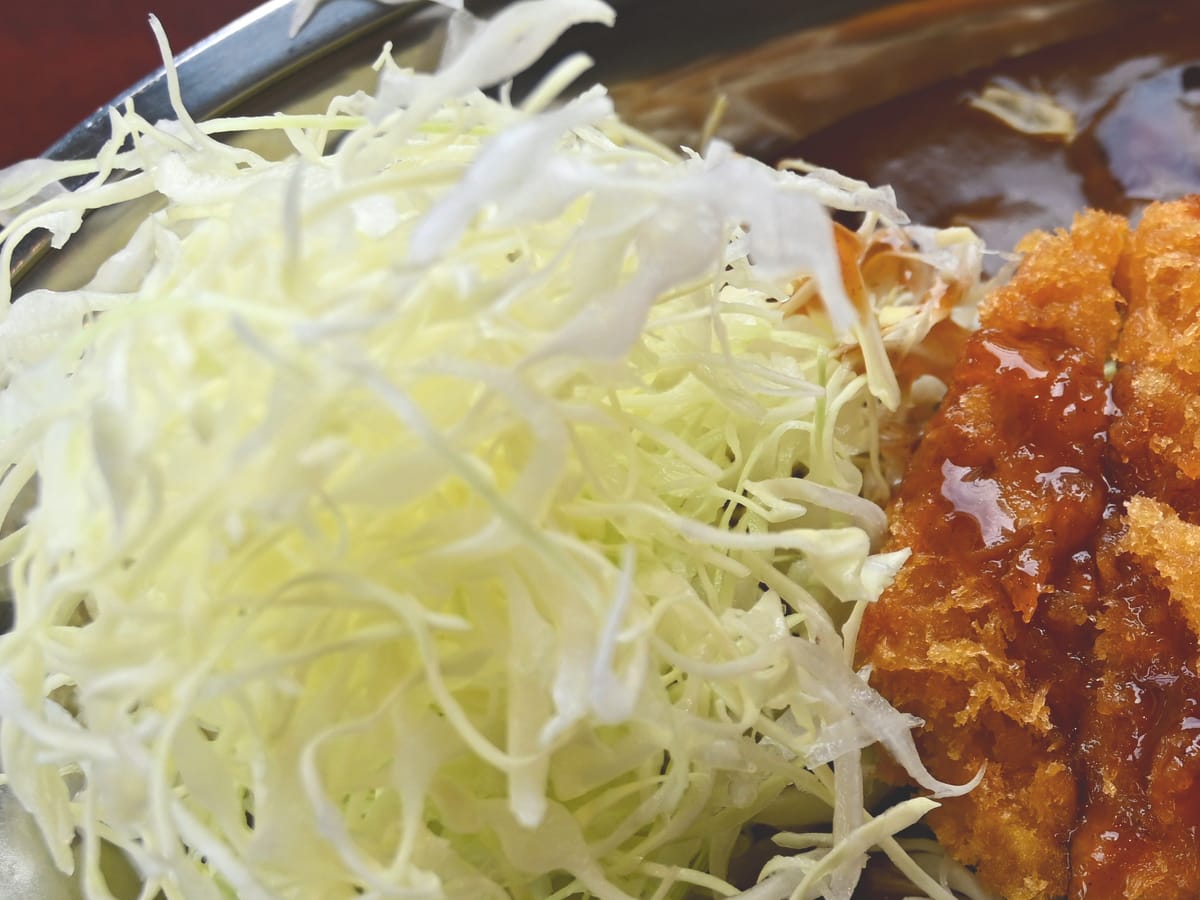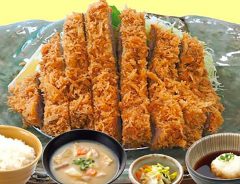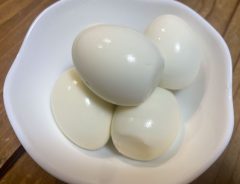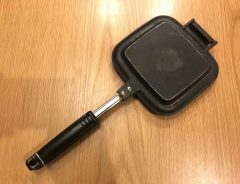
Source: Miroku_3858 | © PIXTA
Make super-thin fluffy cabbage slices perfect for katsu with a non-adjustable mandoline
Related Article
-

Half a pound of katsu! Tonkatsu specialty shop offers its heartiest pork loin katsu meal ever
-

Fancy cut boiled eggs with a common household item [Lifehack]
-

Full Japanese beef bowl sets being a perfect match for steering wheels delights bus drivers online
-

Domino’s Pizza Japan shares easy microwave-only pizza revival lifehack for their generous 3 pizza deal
-

Japanese chef reveals easy and fool-proof way to julienne carrots
-

This no-fuss sandwich press pork katsu recipe has many advantages over deep-frying


Fluffy cabbage slices are a popular accompaniment in many Japanese dishes such as kara-age fried chicken, and thin-sliced pork with ginger. However, whether it's chicken, pork or beef and with curry roux or without, they're practically indispensable in katsu.
When you're cooking at home, it's not easy to get the fluffy, paper-thin slices of cabbage just like they serve in restaurants. If you have an adjustable mandoline, you might be able to get the slices quite thin, but those mandolines tend to be more pricey than the normal kind and not everyone has one in their home. So, what do you do if your mandoline is not adjustable?
Fortunately, there's a useful lifehack on the YouTube channel ごはんチャンネルめしらぼ "Gohan Channel Meshirabo," which introduces recipes that are easy for beginners to understand and easy to make at home. The chef who runs the channel has 30 years of cooking experience.
The video shows two patterns: cutting with a knife and using a non-adjustable mandoline.
With a non-adjustable mandoline, leave the core intact, as it is more convenient to hold the cabbage in your hand. Slicing is done by holding the slicer in different ways, paying attention to the direction of the leaves.
The secret to getting paper-thin slices is to use aluminum foil, which can be folded into increasingly thicker strips and inserted through the blade of the mandoline to adjust the thickness of the cut. It's something you can do with materials you have in your kitchen, and the end results are excellent!
If you haven't had paper-think slices of cabbage, they make all the difference. Instead of the kind of slices you use for something like cole slaw, for example, paper-thin slices really have a fluffy texture when you pick them up with your chopsticks. It makes any dish accompanying it better, especially katsu. Why don't you experiment and see what thickness you prefer?
If you don't even have a slicer, let alone a non-adjustable standard mandoline, using a kitchen knife is the only method you have at your disposal to slice your cabbage. Unless you're experienced, you won't get the slices super-thin, but it will have to do.
When cutting with a knife, the core should be cut off first, and then cut vertically cutting across the leaf veins, which will result in a softer finish.
Since it is difficult to cut it when you're working with a big chunk, it's best to cut the head of cabbage into two or three small pieces beforehand. The inner leaves of the cabbage are soft, so the key is to concentrate on cutting them thinly.
The hard outer leaves are large, so he recommends taking a few and layering them or cutting them into smaller pieces before starting to cut them.
If you want to see more of "Gohan Channel Meshirabo," check out the channel here.